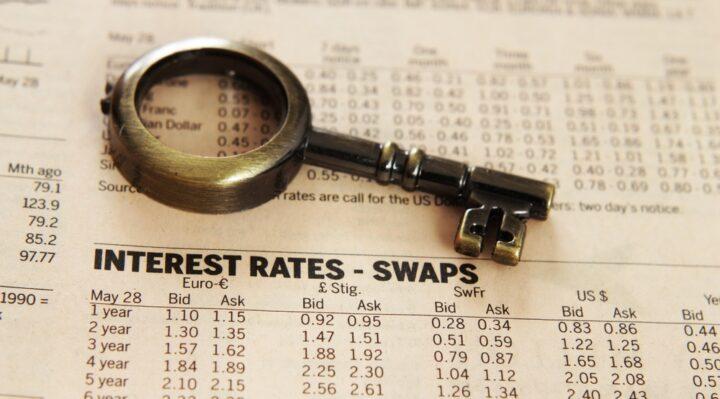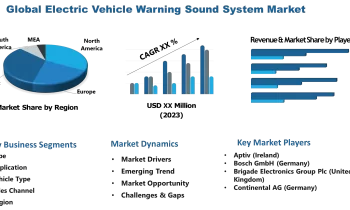Investors have been rattled by the bond market’s performance year-to-date. The Dow Jones Equal Weight U.S. Issued Corporate Bond Index is down by nearly 15% for the year, compared to the S&P 500 Total Return Index, which is down by over 12%. Bonds have traditionally been a haven for investors seeking an income stream during periods of inflation. Understanding the critical dynamics of bonds is more important than ever for students of bonds if they are to navigate through this exciting period in bond market history. I get asked about how bond prices relate to interest rates.

What are Bonds?
Let’s start with the very basics. A company raises capital either by issuing shares in exchange for capital or, by incurring debt. This truism holds regardless of the business entity type, whether we are talking about an LLC, partnership, or corporation, for example. Small businesses are generally restricted from getting a loan from the bank when it comes to incurring debt. Larger businesses, however, have the option of issuing, instead of shares to equity investors, a different kind of financial instrument: bonds. In fact, businesses can issue bonds, and the government, from the local level to the federal government, can issue bonds.
Whereas shares are claims on a fraction of a company’s stock, i.e., an ownership claim on the company, bonds are a claim on a fixed amount of money. The bond issuer issues a bond that states how much is wanted (the premium), when that some will be paid by (the maturity date), and the payment terms, including the interest rate or coupon. That bond has a price, which, in effect, is the loan amount. Depending on the payment terms, there are different kinds of bonds, but this overall description fits them all.
When you buy a share in a company, you are not assured that you will earn any return on those shares, whether in the form of dividends or share price appreciation. By taking on that risk, which is considerable given that, throughout their lifetime, 96% of stocks do not earn a rate of return greater than Treasury bills, shareholders enjoy the prospect of unlimited upside. Bondholders reject that opportunity to seek unlimited upside and instead seek the safety of bonds. Bonds provide a defined return on investment. In other words, if the terms say you will get $1,000 back in a decade, that is precisely what you will get.
Now, as in everyday life, where some people are more reliable than others, some bond issuers are more reliable than others. The interest rate reflects the ability of the issuer to repay the loan. The organizations with the strongest balance sheets and the best record of repaying their debts have the highest reputations in the market and so enjoy the lowest interest rates. Before buying a bond, it’s essential to look at the organization’s credit rating. This reflects the credit risk of the issuer. The major credit rating agencies are Standard & Poor’s, Moody’s, and Fitch Ratings. These three control 95% of the rating market.
The Inverse Relationship
When interest rates rise, bond prices fall, and when interest rates fall, bond prices rise. Interest rates express the cost of borrowing. So, intuitively we can see that when it is cheap to borrow money, the price of things around us rises. Stocks go up, real estate goes up, and bond prices go up.
This is because as the supply of money rises, its value declines, so you need more money to buy things. We saw over the last few years that as interest rates fell, the markets soared. So if you want to buy bonds in a low-interest rate environment, it’s easy for you to go and borrow money to buy bonds, and in turn, everyone will say, “Well, with so much money looking for investment, we are raising prices”. Reducing interest rates is often seen as a way to reflate the economy and get people to spend.
Now, when the cost of borrowing rises, fewer people have an incentive to borrow money. As the supply of money declines, its value rises, and suddenly, the value of goods around you starts to fall because those asset owners are getting desperate to sell. So, as we have seen in recent months, central banks will respond to inflation by raising interest rates, hoping that it will slow down spending and cause asset prices to fall.
So the inverse relationship can be explained purely in terms of the supply of and demand for money in the economy and its effect on asset prices. The same principle holds for stock markets: as asset prices rise, future returns decline.
Now, when interest rates rise, that means that bonds issued at that time will have a higher interest income than older bonds. Remember, payment terms are locked in, so old bonds can’t change their rates if they are fixed-rate bonds. If they have flexible terms, then old bonds will enjoy the same increase. Fixed-rate bondholders are forced to reduce their prices because the supply of higher interest rate bonds has risen, and they need to make themselves attractive. The same holds if interest rates fall, except holders of fixed-interest bonds don’t suffer any reduced interest income. Demand for fixed-interest bonds rises, pushing up prices. Holders of floating-rate and inflation-adjusted interest rate bonds will find that the interest rate on their bonds moves in tandem with changes in interest rates and inflation.
This makes understanding the future of interest rates and changes in monetary policy important. When interest rates are falling, you benefit if you have a fixed interest rate bond, but you will want to have floating-rate bonds when interest rates are rising. Your views on the economy and monetary policy will determine your investment policy and your success or failure in the bond market.



